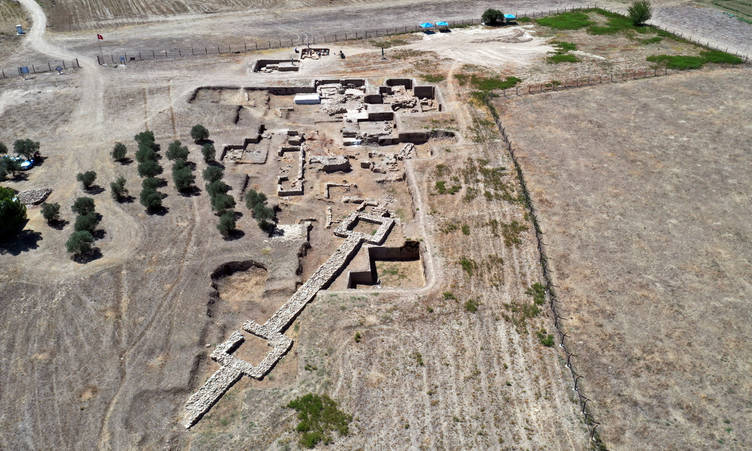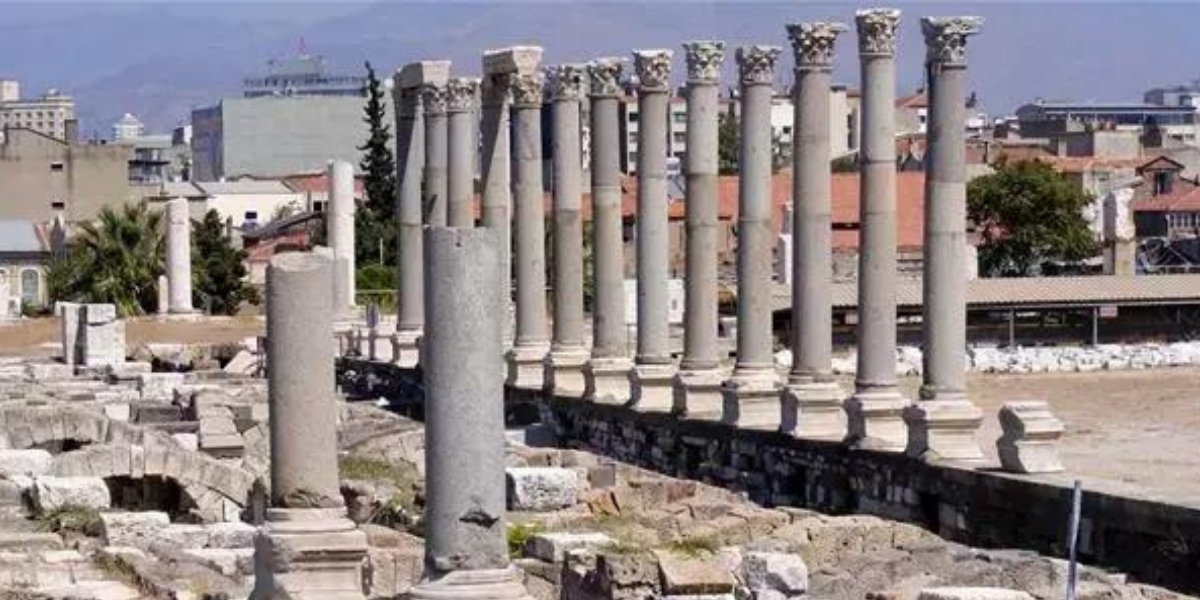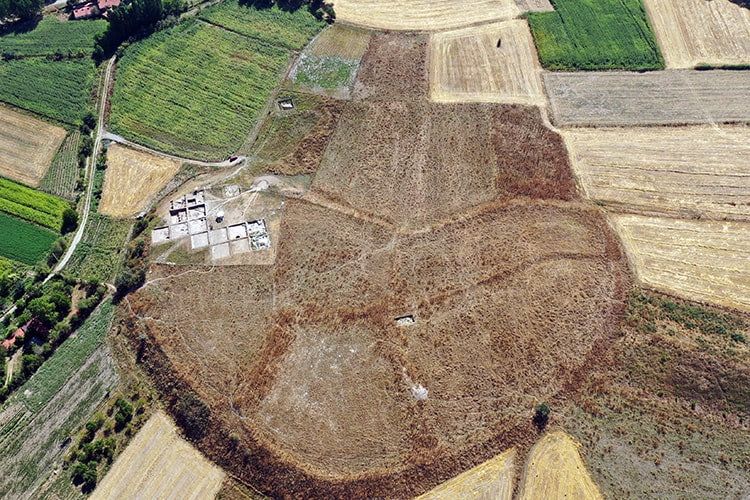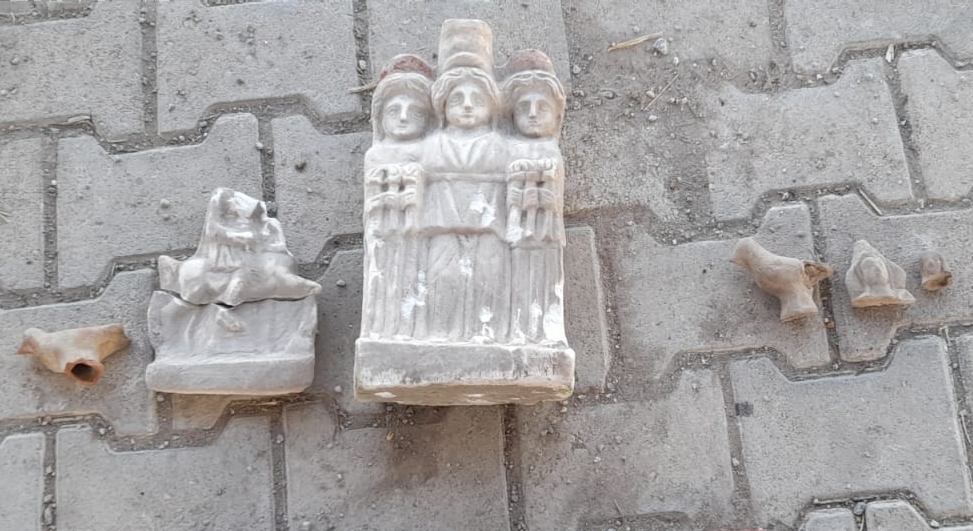At the ongoing excavations at Tepecik Mound, where traces of settlement dating back to 7,500 years ago have been observed, agricultural products and obsidian trade were identified. A structure with palace or temple architecture dating back to around 1300 BC, and a grain storage facility within it, has been unearthed.
Tepecik Mound is located in the Çine district of Aydın province in the western part of Turkey.
The excavations at Tepecik Mound, which was an important trade center during the Late Bronze Age, have been continuously ongoing since 2014.
The remnants found inside the containers within the structure, which is believed to belong to the Arzawa or Mira Kingdom, a kingdom associated with the Hittite Empire during the years 1350-1300 BCE, uncovered during this year’s excavations led by Prof. Dr. Sevinç Günel, a faculty member of the Archaeology Department at Hacettepe University, will undergo archaeobotanical analysis.
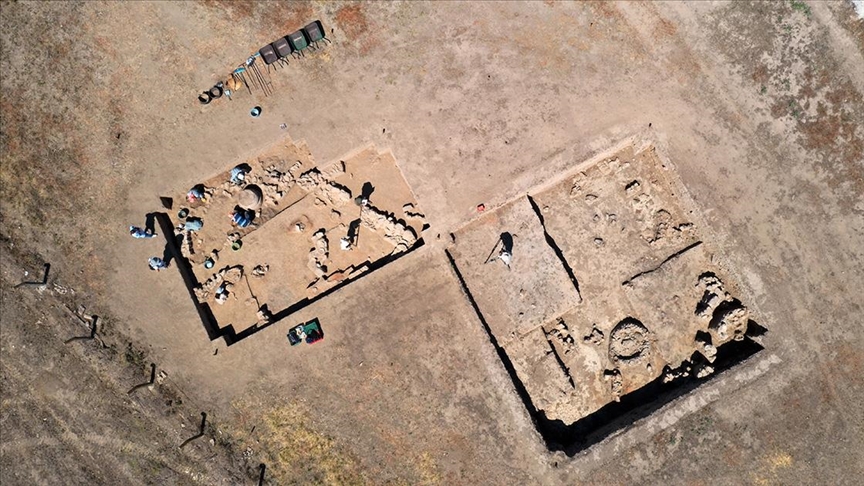
Prof. Dr. Sevinç Günel, mentioning that they have excavated the settlement and cultural layers from around 2000 BC in the mound, and during the work in the southern part of the settlement, they found remnants of architecture dating back to the Late Bronze Age, provided the following information:
“The mound actually has a very long history of settlement, and currently, we are excavating the cultural layers from the second millennium BCE. In this area, we encountered architectural remains from the Late Bronze Age, specifically from the 13th century BCE, with an impressive wall structure and artifacts that surprised us. This architectural feature stands out with its thick and grand wall construction technique, suggesting a potentially massive structure, possibly of public significance. Large cubes associated with this structure have been identified, serving entirely as storage or silos. Thus, we are currently exploring a storage area connected to a grand public structure.”
Cover Photo Ferdi Uzun

